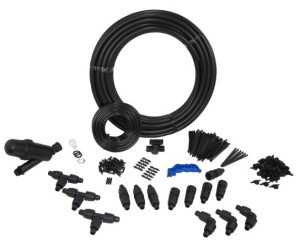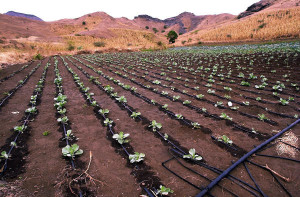Buying a drip irrigation kit
Contra-indicaties voor het gebruik van Kamagra gel het wordt niet aanbevolen om een opwindende gel te nemen: hartproblemen-een contra-indicatie voor het nemen van geneesmiddelen voor erectie voor mensen die een individuele intolerantie (allergie) hebben voor ten minste één van de componenten van het geneesmiddel. Mannen van de oudere leeftijdsgroep. Degenen die ziekten van het cardiovasculaire systeem hebben. Vertegenwoordigers van de sterke helft die al andere stimulerende geneesmiddelen gebruiken voor behandeling, bijvoorbeeld Viagra, enz. Bovendien mogen mannen met ulcus pepticum, ulcus duodenum, leukemie, https://sterkeapotheek.nl/kamagra/ retinitis pigmentosa en anatomische misvormingen van de penis alleen Kamagra innemen onder toezicht van een specialist.
A Short Introduction to Drip Irrigation kit
actually, the method known as drip irrigation kit is a combination of a number of delivery systems on the low-volume and low-pressure categories. The technical term is micro-irrigation. The system sprung from the increasing need to conserve water.
These water delivery systems supply water to plants in drops, with some literally giving out a drop at a time for each plant. This enables maximizing water resources and ensuring best growth for plants in terms of both speed and nourishment.
Buying an Installing drip irrigation kit
In buying a kit, you have to know the necessary components so you can be sure that you get a complete one. Remember that the whole system will only be as efficient as its weakest part. In buying spare parts, it is a good idea to stick to one manufacturer. You automatically do this when you buy a full installation kit. However, most kits don’t include some components. They only have the emitters, hosing and connectors. So, it will do you well to buy such components from the same manufacturer.
Here are the components that you’ll find in kits:
- Emitters – they are differentiated in flow rates to cater to specific needs of different plants. The ratings you’ll see in emitters are the rate of watering measured in gallons per hour (gph). Bubblers deliver more water faster making them ideal for trees and larger shrubs. Drippers are slower which is needed for smaller plants to prevent saturation. The mister delivers by providing humidity.
- Tubing – mostly used material is black polyethylene. They differ in sizes. The watering requirement of your plants will once again determine the best size of tubing to use.
- Fittings – there are different types that cater to different connection needs – straight, elbow, tee, or end cap.
Here are some components to look for:
- Pressure regulator – also known as pressure reducer. This component takes care of, well, regulating water pressure. Home water supply is usually too high in pressure. As a guide, you’ll need a pressure regulator if your home water supply is higher than 50 pounds per square inch (psi).
- Backflow preventer – also known as anti-siphon device. You need this to prevent water from returning to your water supply after the system is turned off. Backflow preventers are mandated by law in some localities.
- Line filters – water supplies rarely carry pure water. Water-borne materials can clog different parts of a drip system, especially the emitters.
- Timers – this is an optional device. It enables you to schedule the time when the system turns off so you only need to turn it on. Added convenience won’t hurt.
Some other things you’d need:
- Hole punchers
- Cutters
- Pins/hooks
- Stakes
- Risers
- Barbed adapters
Some Points to Remember
If you decide to go with a drip irrigation kit, there are a few pointers you need to remember:
- Finishing the installation doesn’t mean your system is at its most efficient. Take the time to observe the irrigation so you can adjust things such as watering time or emitter positioning.
- If you hide your pipelines/tubing, be sure to mark the location of its end.
- Continually upgrade your system and don’t forget the maintenance.


